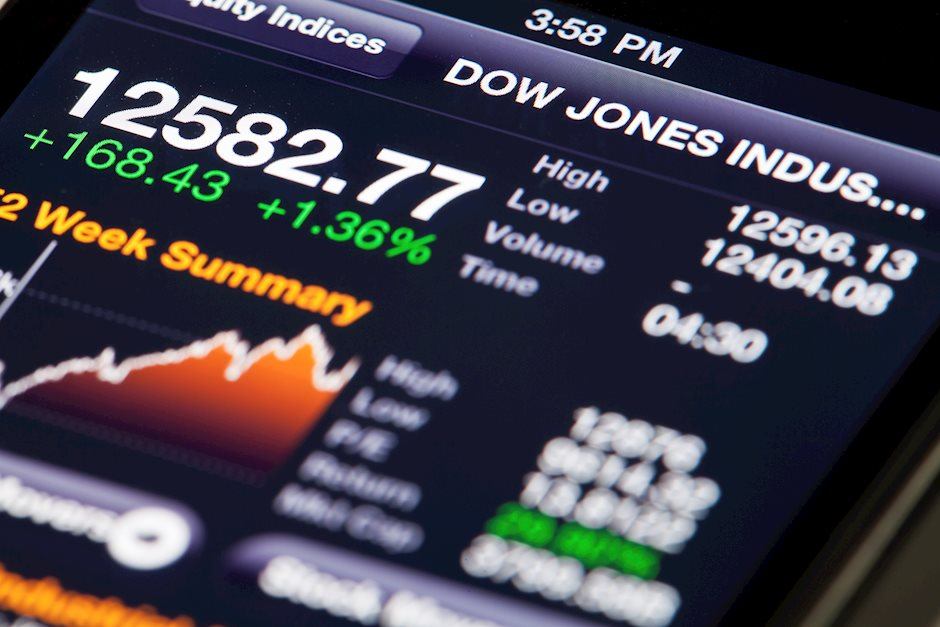Dow Jones Industrial Average climbs over 300 points in Thursday recovery
- Dow Jones recovers beyond 38,000.00 as bullish momentum climbs.
- Market expectations for Fed rate cuts are widening.
- Friday’s NFP labor figure to be a key print for rate watchers.

The Dow Jones Industrial Average (DJIA) gained 0.85% on Thursday as equity markets grapple with a choppy recovery following a plunge earlier this week. Earnings season is helping to bolster securities that have efficiently bolstered their ratios, and investors are grappling with when to expect a first rate cut from the Federal Reserve (Fed), with a cut in 2024 assumed to be a foregone conclusion.
Wall Street expectations of when and how often the Fed will cut rates are beginning to widen out as investors grapple with a complicated US economic landscape. S&P Global has reduced their Fed outlook to a single quarter-point cut in December, while some investment banks are forecasting as many as four 25-basis-point cuts through the rest of the year beginning as soon as July.
At current cut, the CME’s FedWatch Tool shows rate markets are expecting a first cut from the Fed at the Federal Open Market Committee’s (FOMC) September meeting. Rate markets are giving 40% odds of no cut in September, with 70% odds of at least 25 basis points in cuts by November.
Dow Jones news
Around two-thirds of the individual securities that comprise the Dow Jones ended Thursday in the green. Boeing Co. (BA) extended a recent recovery, climbing 4.31 % on the day to gain 7.39 points, ending at $178.85 per share. 3M Co. shed -1.66% on Thursday, losing -1.63 points and ending at $96.81 per share at the closing bell.
Dow Jones technical outlook
The DJIA found a high of 38,289.12 late in the Thursday American market session, with a quick tumble to 37,887.88 as investor risk appetite keeps one foot out of the door. Equities have recovered into the high end, but topside momentum remains thin as the Dow Jones churns in familiar territory close to the 38,000.00 handle.
The Dow Jones is recovering into near-term consolidation, but the index is struggling to develop bullish legs after a near-term decline below 37,600.00. The major equity index is trading well above the 200-day Exponential Moving Average (EMA) at 36,780.52, but the DJIA remains down 4.3% from record highs at the last peak of 39,887.49.
Dow Jones five-minute chart

Dow Jones daily chart

Dow Jones FAQs
The Dow Jones Industrial Average, one of the oldest stock market indices in the world, is compiled of the 30 most traded stocks in the US. The index is price-weighted rather than weighted by capitalization. It is calculated by summing the prices of the constituent stocks and dividing them by a factor, currently 0.152. The index was founded by Charles Dow, who also founded the Wall Street Journal. In later years it has been criticized for not being broadly representative enough because it only tracks 30 conglomerates, unlike broader indices such as the S&P 500.
Many different factors drive the Dow Jones Industrial Average (DJIA). The aggregate performance of the component companies revealed in quarterly company earnings reports is the main one. US and global macroeconomic data also contributes as it impacts on investor sentiment. The level of interest rates, set by the Federal Reserve (Fed), also influences the DJIA as it affects the cost of credit, on which many corporations are heavily reliant. Therefore, inflation can be a major driver as well as other metrics which impact the Fed decisions.
Dow Theory is a method for identifying the primary trend of the stock market developed by Charles Dow. A key step is to compare the direction of the Dow Jones Industrial Average (DJIA) and the Dow Jones Transportation Average (DJTA) and only follow trends where both are moving in the same direction. Volume is a confirmatory criteria. The theory uses elements of peak and trough analysis. Dow’s theory posits three trend phases: accumulation, when smart money starts buying or selling; public participation, when the wider public joins in; and distribution, when the smart money exits.
There are a number of ways to trade the DJIA. One is to use ETFs which allow investors to trade the DJIA as a single security, rather than having to buy shares in all 30 constituent companies. A leading example is the SPDR Dow Jones Industrial Average ETF (DIA). DJIA futures contracts enable traders to speculate on the future value of the index and Options provide the right, but not the obligation, to buy or sell the index at a predetermined price in the future. Mutual funds enable investors to buy a share of a diversified portfolio of DJIA stocks thus providing exposure to the overall index.
Author

Joshua Gibson
FXStreet
Joshua joins the FXStreet team as an Economics and Finance double major from Vancouver Island University with twelve years' experience as an independent trader focusing on technical analysis.

















